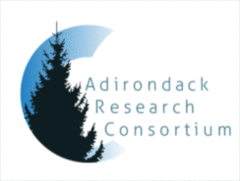Article Title
Historical Patterns and Effects of Changes In Adirondack Climates Since the Early 20th Century
Abstract
Analysis of weather data from seven United States Historical Climatology Network stations in the Adirondack region reveals statistically significant warming over the last 30 years during June and September, but no significant trends in the other months. The warmest intervals of the 1926-2005 period were the early 1930s, 1949-1954, and 1997-2003. These findings are consistent with similar analyses of northern New York weather data by Kathie Delio, but somewhat less so with earlier works by the first author and others. In this paper, we also discuss the effects of various interpretive methodologies on the study of regional climate and present new phonological data from the Adirondack region. We find little evidence of major biotic responses to weather trends in recent decades, perhaps because most such trends are still largely obscured by inter-annual variability, but a significant reduction in the duration of ice cover has occurred on local lakes. In addition, an increase of river discharge during the 20th century probably reflects a long-term increase in precipitation, particularly during fall.
Recommended Citation
Stager, J. Curt; McNulty, Stacy; Beier, Colin; and Chiarenzelli, Jeff
(2009)
"Historical Patterns and Effects of Changes In Adirondack Climates Since the Early 20th Century,"
Adirondack Journal of Environmental Studies: Vol. 15:
No.
2, Article 5.
Available at:
https://digitalworks.union.edu/ajes/vol15/iss2/5




